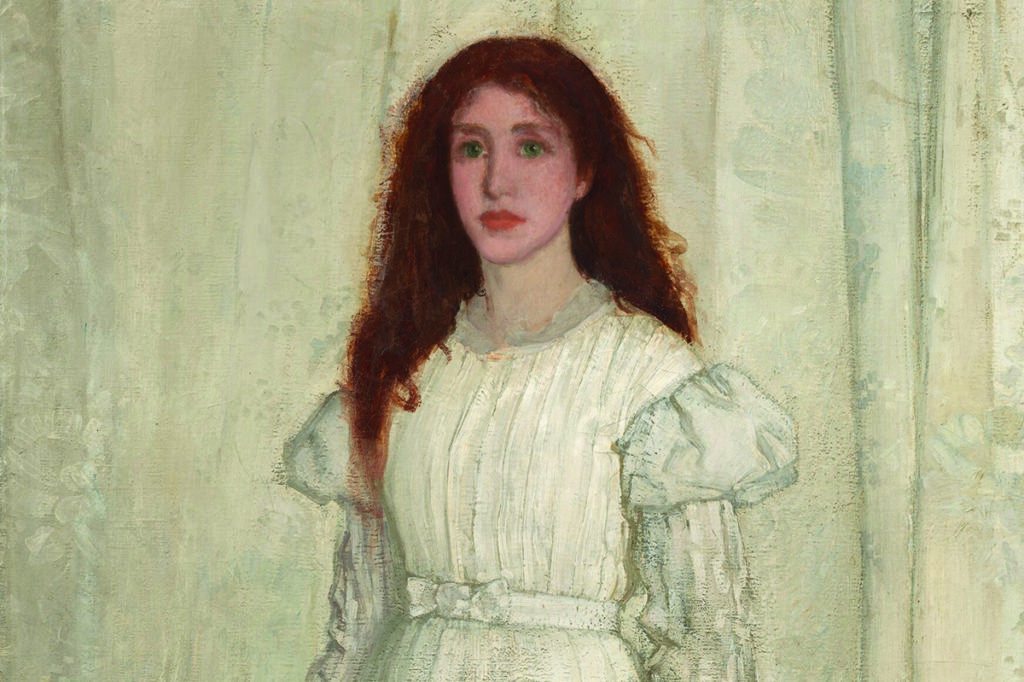
Audience
- Sentiment: neutral
- Political Group: Cultural enthusiasts
- Age Group: 25-40
- Gender: All genders
Overview
- Art experts discovered a hidden figure beneath one of Picasso’s Blue Period paintings.
- The Blue Period was marked by themes of sadness and introspection, influenced by the suicide of Picasso’s friend.
- The revelation suggests more layers of meaning and emotion may exist in Picasso’s works.
Discovering the Hidden Beauty: The Mystery Beneath Picasso’s Blue Period
Have you ever looked closely at a painting and felt like you were seeing a world of emotions, stories, and secrets behind the colors? Well, that’s exactly what’s happening with a fascinating discovery from Pablo Picasso’s early works, specifically from what art historians call his Blue Period. This period was a significant time in Picasso’s life and it marked an important change not just in his career but also in how we understand art itself.
Recently, art experts announced that they had uncovered a hidden figure beneath the paint of one of Picasso’s iconic early works. That’s right—hidden! Imagine finding a secret message or a hidden room in your house that nobody else knows about! While this new figure remains anonymous, some curators believe she could be someone important in Picasso’s life—a model, friend, or even a lover. Can you picture that? Someone special from the past, forever captured beneath layers of paint, waiting to be discovered!
The Blue Period: A Time of Emotion
To fully appreciate this exciting find, let’s rewind a bit and step into the world of Picasso’s Blue Period. This phase started in 1901 and lasted until 1904. It was marked by shades of blue and feelings of sadness, loneliness, and introspection. You see, during this time, Picasso was deeply affected by the suicide of his close friend, Carlos Casagemas. The tragic event cast a long shadow over his art, and the emotions from this experience seeped into his work. As a result, you’ll find that many of his paintings from this time depict poor, melancholic figures, often sitting alone in deep thought.
It’s hard to imagine how Picasso channeled such profound feelings into his art. Picture a time when everything around you feels heavy and dark – how do you express that? For Picasso, painting became the outlet that allowed those feeling to escape into the world, transformed into stunning pieces of visual storytelling.
The figures in Picasso’s Blue Period typically portray a sense of vulnerability. When you look at these paintings, you can’t help but feel empathy for the characters depicted. They often appear despondent, with elongated bodies and faces that express deep sorrow. This style was not only a personal expression for Picasso, but also a commentary on the social issues he saw around him, like poverty and despair.
The Mystery Figure
Now, let’s get back to our exciting discovery! Imagine coming across a painting that seems complete, yet there’s something lurking beneath the surface. This is exactly what researchers found in one of Picasso’s earlier works. Using state-of-the-art technology that allows for deeper examination of the paint layers without damaging the art, they revealed a mysterious woman hidden beneath the vibrant blue layers. Isn’t that cool?
The identity of this woman remains a puzzle. She could be a model, a close friend, or perhaps someone Picasso had romantic feelings for. Art historians often look for clues in the works of an artist, and this figure bears a resemblance to other seated female figures Picasso created during this period. It’s like piecing together a jigsaw puzzle, where each connection can lead to a significant discovery about the artist’s life and his relationships.
This revelation opens up new avenues for understanding Picasso’s creative process. Just think, behind every brush stroke, there might be a history of thoughts, emotions, and experiences that shaped that moment on canvas. How often do we consider the stories behind the art we see in museums? For many of us, a painting is just a finished product, but this discovery serves as a reminder that artists hold a wealth of history and emotion in their creations.
More Beneath the Surface?
Excitingly, researchers believe that there could be even more layers yet to be uncovered, much like an onion or a treasure chest waiting to be opened. This revelation suggests that Picasso was not just a painter; he was an artist constantly evolving, exploring, and sometimes hiding his thoughts and feelings under different layers of paint. It begs the question: what other secrets might be hiding in his work? And what does it mean for how we interpret art?
The layers of paint can be likened to a timeline of an artist’s life—each layer a different period, each color a different emotion. By peeling away those layers (figuratively speaking!), we can gain insight into Picasso’s emotions and thoughts, his creative process and, ultimately, his journey as an artist. This inspires us all to think more deeply about the art we encounter in our own lives—whether it’s a famous Picasso piece hung in a gallery or even that painting you see in your school’s art hall.
Art: A Connection Beyond Time
Art has a unique ability to connect us across time and space. When we look at a painting—like one from Picasso’s Blue Period—we are engaging with someone else’s feelings, interpretations, and experiences. It’s almost as if art serves as a bridge that connects our emotions with those felt by the artist, even if we live in entirely different eras. Isn’t that incredible?
Think about the last time you were moved by a song, a photograph, or a painting. What did it make you feel or think about? Each piece of art has the potential to tell a story, sparking conversations and emotions that transcend time. The hidden figure uncovered in Picasso’s painting is just a reminder that art has layers—just like life itself.
Final Thoughts: What Lies Beneath?
As we wrap up our exploration of this captivating discovery, the importance of looking beyond the surface becomes clearer. Just like Picasso’s hidden figure, there may be more layers to uncover in our own lives and the world around us.
Have you ever felt a connection to a work of art? What do you think it means when an artist chooses to hide something beneath the surface? Are there secrets waiting to be discovered in your favorite song or book? I’d love to hear your thoughts! Share them in the comments below!






